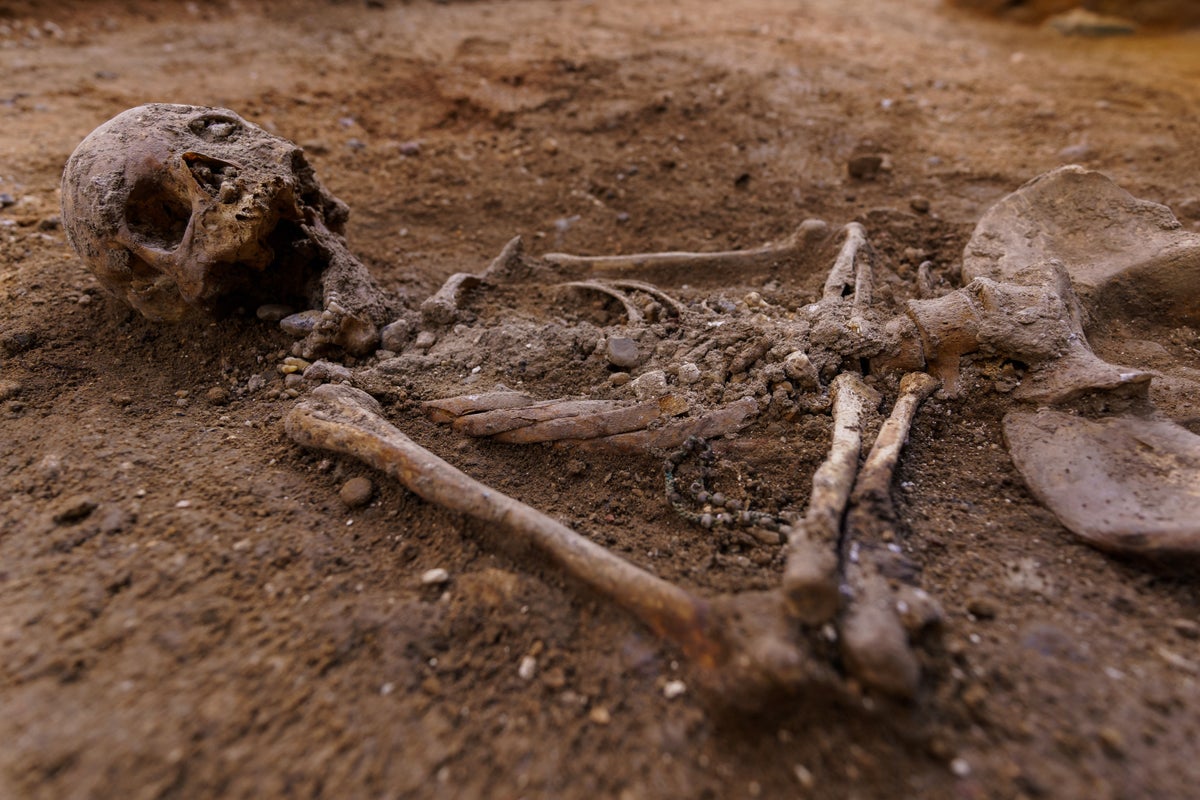
Your support helps us to tell the story
A French man renovating his basement discovered dozens of medieval skeletons and 10 sarcophagi.
The remains unearthed in a southern suburb of Paris could lead to a better understanding of the population that lived in the region during the early Middle Ages and the Antiquity era before it, archaeologists said.
The existence of an early medieval cemetery in the area was already known and previous excavations had unearthed several plaster sarcophagi typical of later medieval periods.
Archaeologists descended on the man’s cellar and excavated an area of 52 square metres. They noted the burials were arranged in parallel rows, a practice that appeared to last the seven centuries the cemetery was used, between the 3rd and 10th centuries AD.
The latest dig suggested the cemetery was even older than previously thought, with the first burials dating to late Antiquity more than 1,500 years ago.
The funeral practice had evolved by the start of the Middle Ages around 500AD with bodies being buried in plaster sarcophagi.
The practice was particularly widespread in Île-de-France where the outer walls of tombs were sometimes decorated.
In the cellar, none of the sarcophagi were decorated, scientists from Archeodunum, an archaeological research centre assisting the Regional Archaeology Service, said.
“They all contain a single deceased while it is common to find several,” they said, adding that the sarcophagi were placed side by side in a fan-like arrangement.
The tombs didn’t have any special markings but one was topped with a block of cut and carved soft stone. Archaeologists said they weren’t sure of the block’s original shape.
“We can distinguish part of a rosette while the opposite side is a Latin cross and a cross inscribed in a circle,” they explained. “These motifs are regularly present on plaster sarcophagi and evoke the funerary domain, but also the ornaments which can appear on the facades of Christian places of worship.”
Archaeologists said they hoped to analyse the skeletons in the laboratory to determine the sex, age at death, and living conditions of the deceased individuals.
Further studies, scientists said, could help “better understand the population that lived here during Antiquity and the Middle Ages, but also to understand the evolution of funerary traditions during these periods”.







